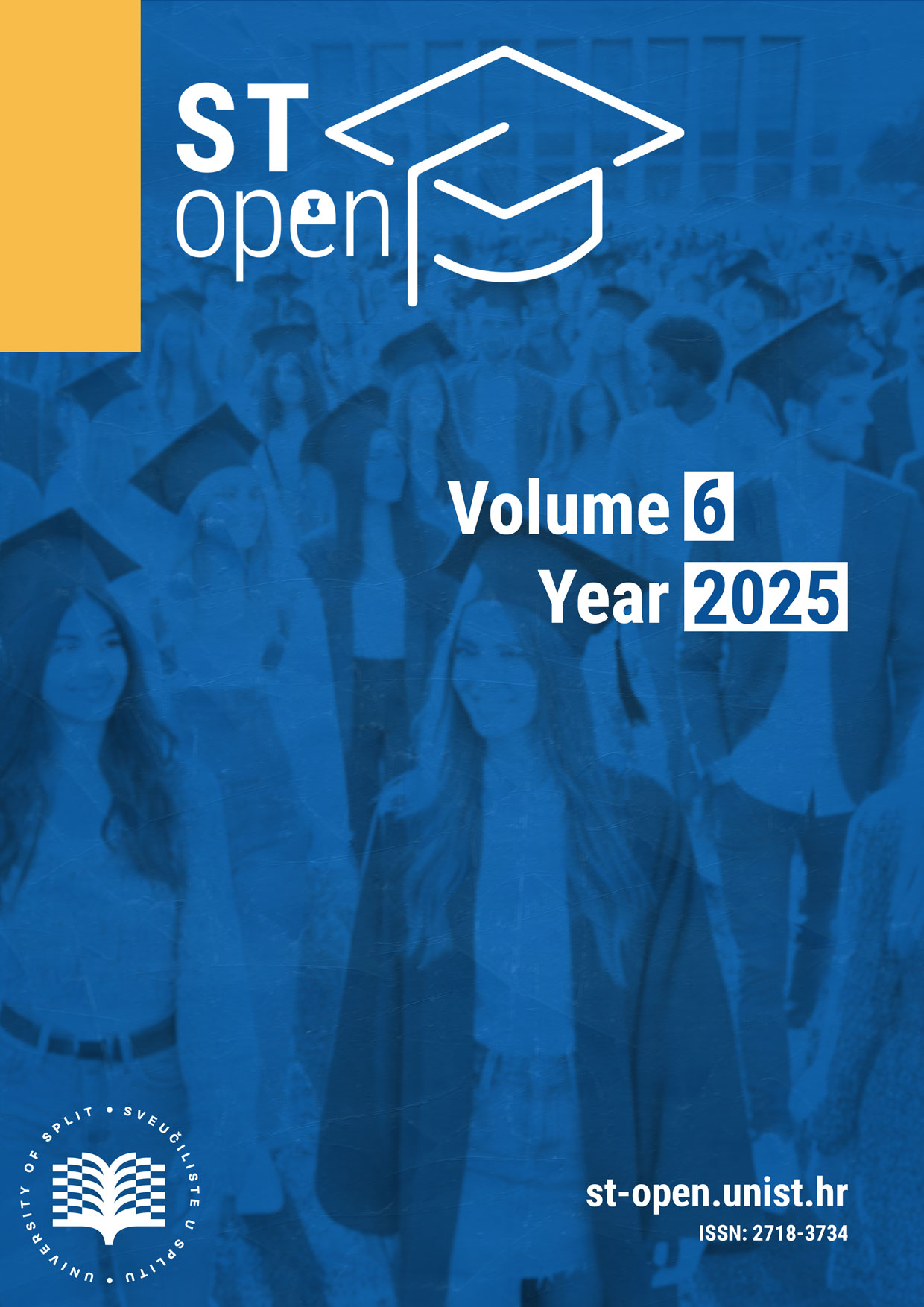Spatio-temporal changes of thermohaline properties and nutrients in the Mediterranean Sea
DOI:
https://doi.org/10.48188/so.6.13Keywords:
Mediterranean sea, Sea surface height, Neural gas, Spatial temporal analysis, BiOS, Nutrients, E.U. Copernicus Marine Service, ChlorophyllAbstract
Aim: To analyze long-term mean monthly values for sea surface height (SSH) and nutrient concentrations (ammonia, nitrate, phosphate, and chlorophyll) in a part of the Mediterranean Sea, with a focus on the influence of spatial-temporal SSH patterns on nutrient concentrations.
Methods: Monthly mean reanalysis data covering the period from 1998–2020 were downloaded from the EU Copernicus Marine Service. The Neural Gas machine learning method was applied to cluster SSH data, while MATLAB was used for data processing, anomaly calculations, spatial mapping, and exploring relationships with biological parameters.
Results: The Neural Gas method identified distinct interannual signals in SSH anomaly data, linking them to changes in surface and subsurface circulations in the Ionian Sea. Classification of SSH allowed for the association of SSH anomalies with varying nutrient concentrations. The analysis highlighted the role of the Adriatic-Ionian Bimodal Oscillating System (BiOS) in regulating SSH and nutrient patterns.
Conclusions: The Neural Gas method was established as a robust classification tool for detecting low-variability signals in the spatio-temporal dynamics of SSH, enabling connections with nutrient concentrations. This underscores the importance of employing nonlinear statistical methods to understand the interplay between biological and physical parameters in the Mediterranean Sea.
Downloads
Published
Issue
Section
Categories
License
Copyright (c) 2025 Ivona Siber, Frano Matić

This work is licensed under a Creative Commons Attribution 4.0 International License.
Authors retain copyright and grant the journal right of first publication with the work simultaneously licensed under a Creative Commons Attribution (CC-BY) 4.0 License that allows others to share the work with an acknowledgment of the work’s authorship and initial publication in this journal.







